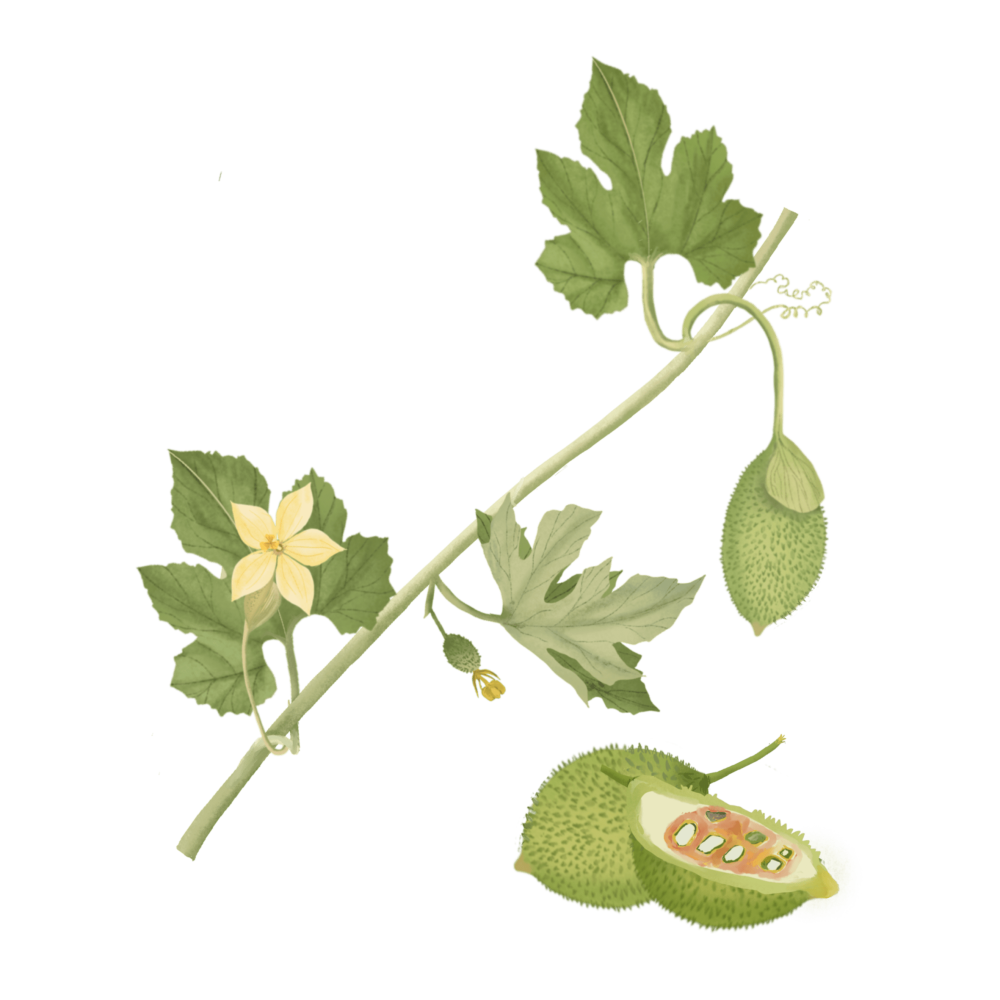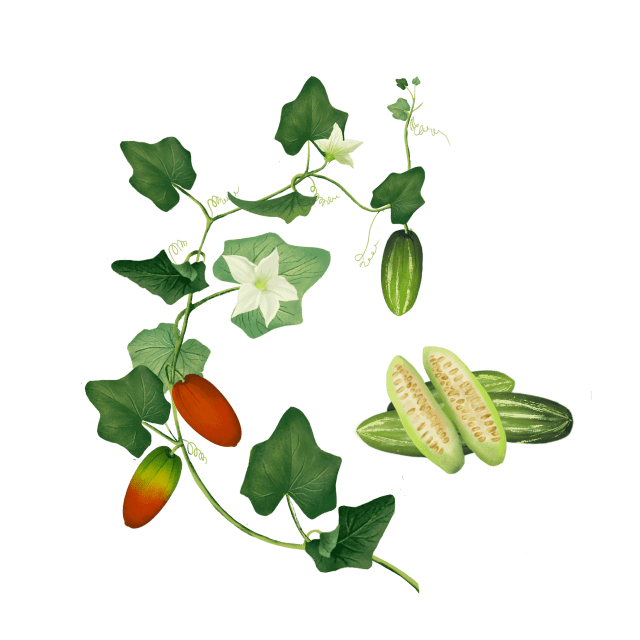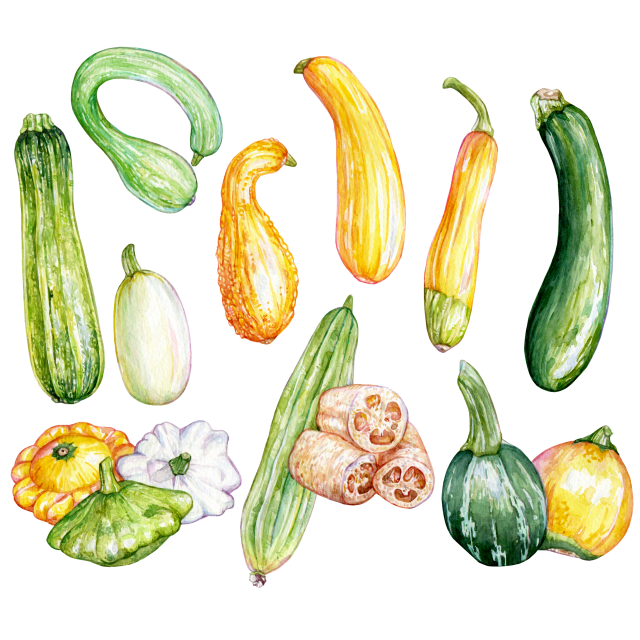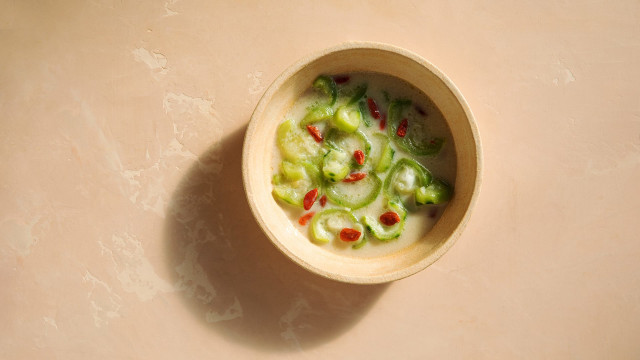Spiny Gourd

Latin name: Momordica dioica
Other names: teasel gourd, kantola, jangli karela
Uses: vegetable, juice
What are spiny gourds?
The spiny gourd is a cucurbit fruit that appears mainly during the monsoon in tropical regions. Small and ovoid, it has soft, green bristly skin, meaty flesh, and bead-like edible seeds.
Why are spiny gourds healthy?
Spiny gourd has a high-water content and is rich in fiber, a bouquet of vitamins (C, thiamine, riboflavin, and niacin) and antioxidants. Unpeeled vegetables are better sources of trace minerals such as iron, chromium, and zinc. All parts of the spiny gourd plant are prized as a traditional medicinal plant, and studies confirm its anti-inflammatory and glucose (or blood sugar) lowering benefits. In Ayurveda, fresh juice or cooked spiny gourd is recommended for hypertension and diabetes. Tender fruits are also rubbed on skin to treat acne while roasted seeds are used for eczema and other skin problems.
What do spiny gourds taste like?
Unlike its bitter relative, spiny gourd is easy on the palate, even with the skin on. It has a mildly bitter flavor and a faintly sweet aftertaste. The gourd has great textural contrast, from the firmer skin to the spongy flesh, and its large seeds are delightfully crunchy when shallow fried with onions.
How do I use spiny gourds?
Simply sauté slices of spiny gourd (skin on) with onions and other aromatics or deep-fry them for crunchy fritters. For an exuberant lunchtime treat, stuff whole spiny gourds with kheema (mincemeat), fried prawns, or desiccated coconut and mustard seeds.
What do spiny gourds pair well with?
Spiny gourd pairs well with raw mango, tamarind, garam masala, curry leaves, onions, and peanuts.
Where do spiny gourds grow?
Originating in the Indo-Malayan region, this perennial climber grows wild across the Indian subcontinent, and in China, Japan, tropical Africa, and South America. It thrives in warm, forested habitats, but is also cultivated at higher altitudes in the hilly terrains of northeast India.
How to buy spiny gourds:
Spiny gourds are at their most tender and least bitter when they are underripe, firm, and luminous green. The fruits harden as they ripen, turning yellow and even red.
Fun spiny gourd fact:
In folk medicine, the plant’s roots, shoots, and leaves have been used for everything from controlling diabetes to healing snake bites and scorpion stings. According to one early 20th century Indian botanical resource, it was also used for such specific purposes as reducing skin inflammation caused by house lizard urine.





